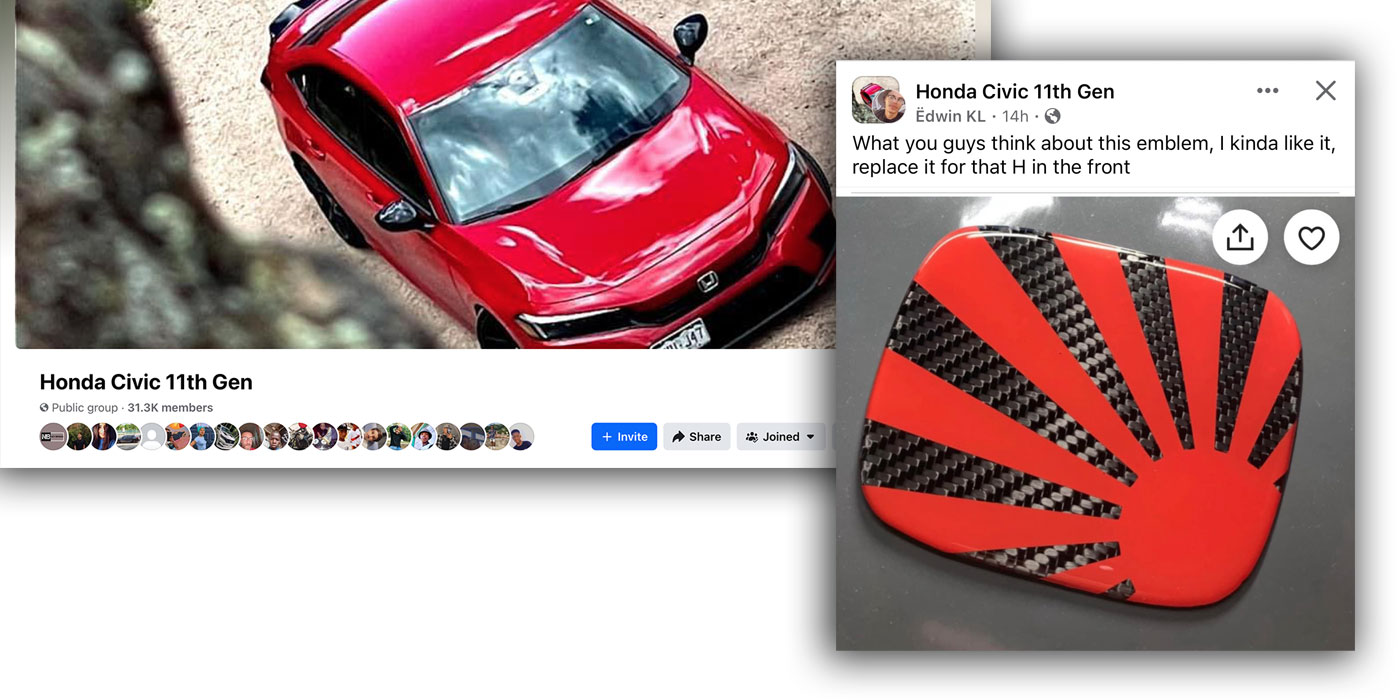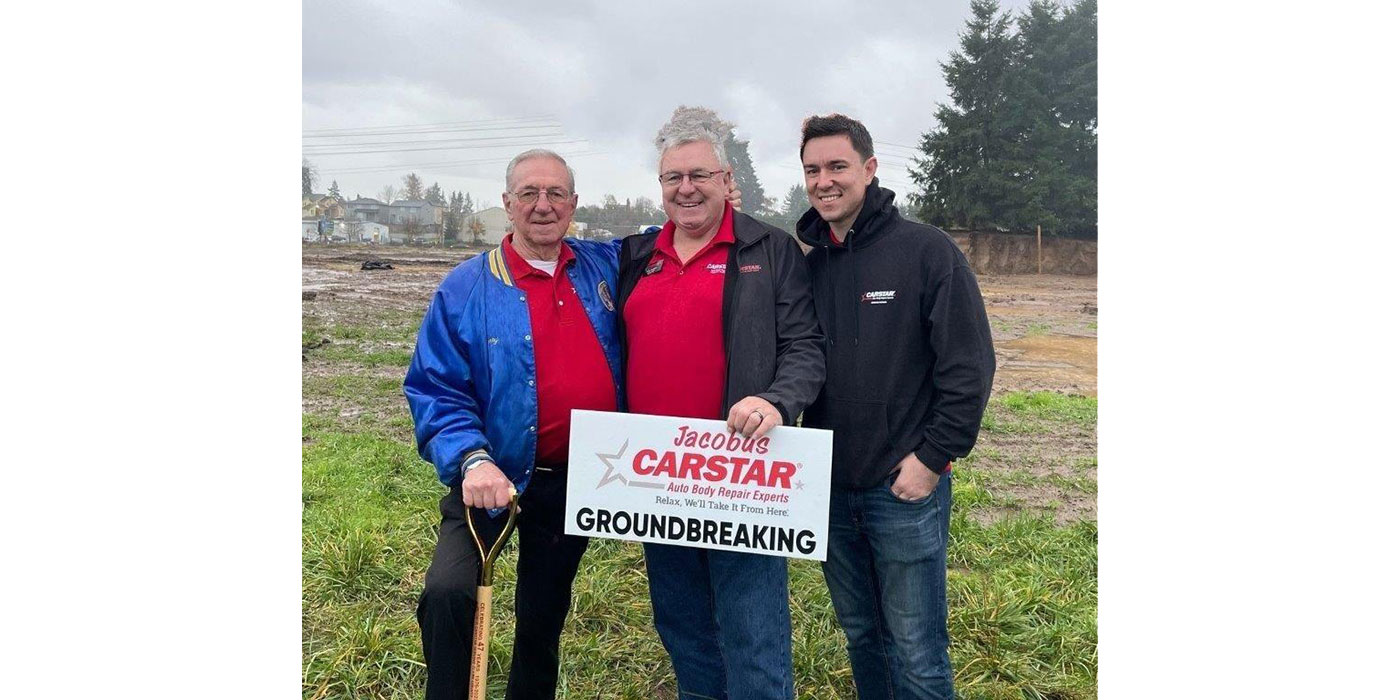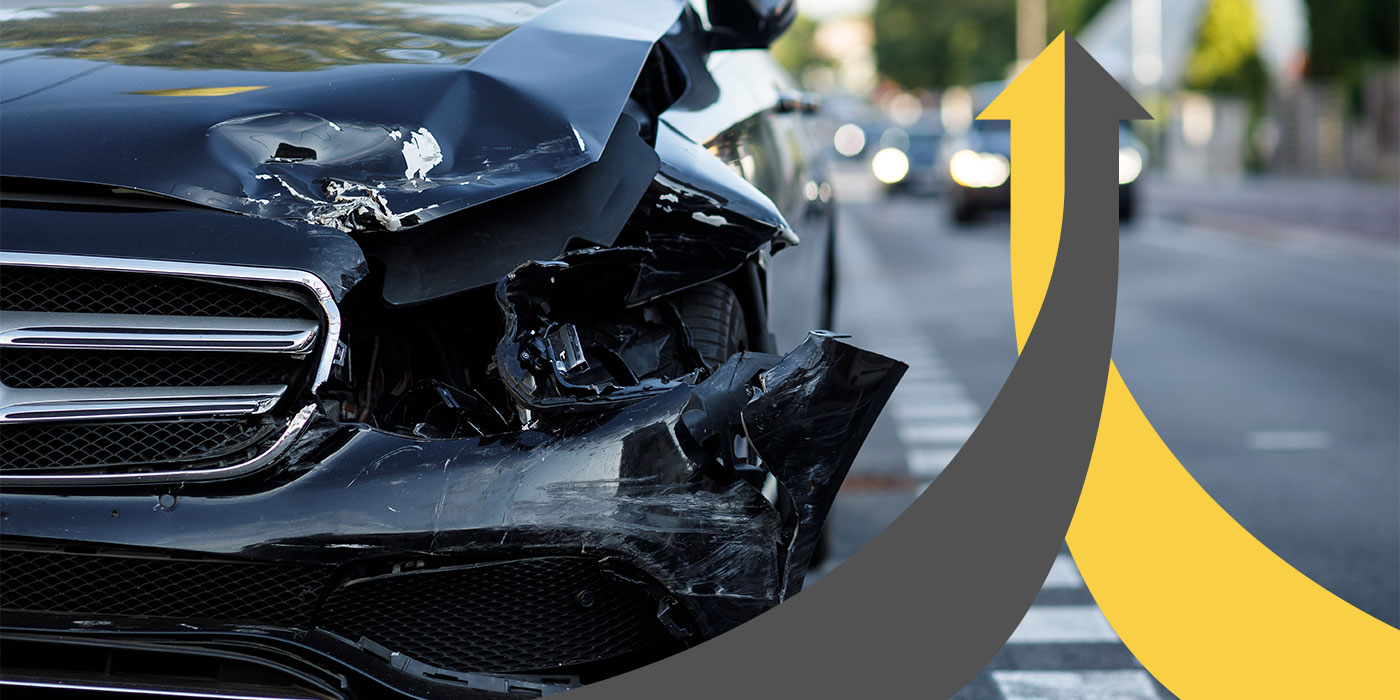
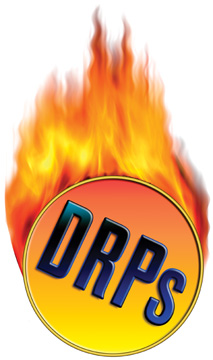
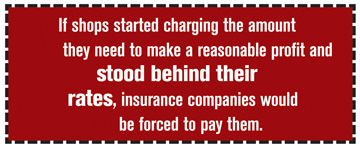 "We don’t pay for that.”
"We don’t pay for that.”
“This is all the time we’re allowed to pay.”
“You’re the only shop that asks for that.”
“Other shops will repair for this rate.”
Sound familiar? They sound all too familiar to me.
I’m the manager of a 30,000-square-foot, state-of-the-art facility.
We have five frame machines, three downdraft booths, four double prep decks and more than 25 employees.
We use the best materials and purchase the newest equipment, and we’re affiliated with a local Mercedes-Benz dealer and a local BMW dealer, which make up our customer base.
At one time, we had up to 13 direct-repair programs, and we had more work than we could handle. But every car we wrote was re-inspected, every estimate was knocked down and we were constantly told how to repair a vehicle. On top of all that, as per our direct-repair contracts, we weren’t getting paid for many of the procedures we were performing.
It didn’t take long to learn that more volume doesn’t always equal more money.
We’re a shop that fixes high-line vehicles and can handle a $20,000 wreck on a regular basis. And guess what? That’s exactly what we were getting — and most of these direct-repair vehicles were our dealer’s customers, who were bringing their vehicles to us to begin with.
So, just over a year ago, we dropped all 13 companies. We decided that since we’re sending our technicians to school to become certified on these vehicles, since we were buying the equipment and supplies needed and since we were performing procedures we weren’t getting paid for, it was time to make some shop policy changes.
We raised our labor rates, posted our highest rate and negotiate down from there. Our position here is to evaluate each repair on an individual basis. Not all repairs should be written at the same labor rate.
A minor repair that a less-qualified technician can perform is charged at a lower labor rate, and a more extensive repair performed by a more qualified technician is charged out at a higher labor rate.
Because many insurance companies are still unwilling to negotiate a fair, reasonable rate, we then just charge our customer the difference.
If shops started charging the amount they need to make a reasonable profit and stood behind their rates, insurance companies would be forced to pay them.
We have to remember here — our customer is not the insurance company; it’s the owner of the vehicle, the person who signs the authorization to repair.
In addition to labor rate differences, we also started charging for sand and buff time, clean-up and detail time, taping jambs, access time, color tint time, cover car for primer and all the other extras that many insurance companies fail to pay for. And again, if the insurance company doesn’t negotiate or even acknowledge these repairs, we charge the customer.
Now this doesn’t always make for happy customers, especially if they’re claimants and the accident wasn’t their fault. But our feeling is to charge the customers and to put out the best product we possibly can. Quality became a priority.
We filed forms with the state insurance commissioner and time and time again, they’ve responded that the insurance companies are doing nothing wrong. We’ve also had our customers file — only to receive the same response. (Although some customers have been reimbursed their additional charges; this way, the insurance companies didn’t have to acknowledge to us that they’d be willing to negotiate.)
In fact, we now have some companies that have an off-the-record agreement with us to pay us more money in labor and procedures than they do other area shops.
What we’ve also found to be pretty amazing is how some companies are willing to negotiate and others will come in with pre-set rates and won’t pay for many procedures. These companies pay what they feel is a market rate, yet we haven’t had any insurance company other than State Farm send us a market survey. This is another project our great insurance commissioner is supposed to be looking into.
If you’re happy with the way things are now, then good for you. But I don’t know anyone who’s happy with the situation between shop owners and insurance companies.
Sometimes, the only way to make a change is to “make a change.” If shop owners and managers would start charging the amount they need to make a reasonable profit (don’t forget, you’re in business to make a profit) and stood behind their rates, then guess what? These rates would then become the “prevailing rates” and insurance companies would be forced to pay them.
We’ve succeeded at making these changes, and now we’re looking for other shops to help us in the fight.
Charge what you need, and get paid for what you do. Look at your workload. Take less work in and charge more money. You’ll find that at the end of the year, your expenses went down and your profits went up!
Writer Paul D. Stowe is manager of Town & County Auto Body in North Haven, Conn.

